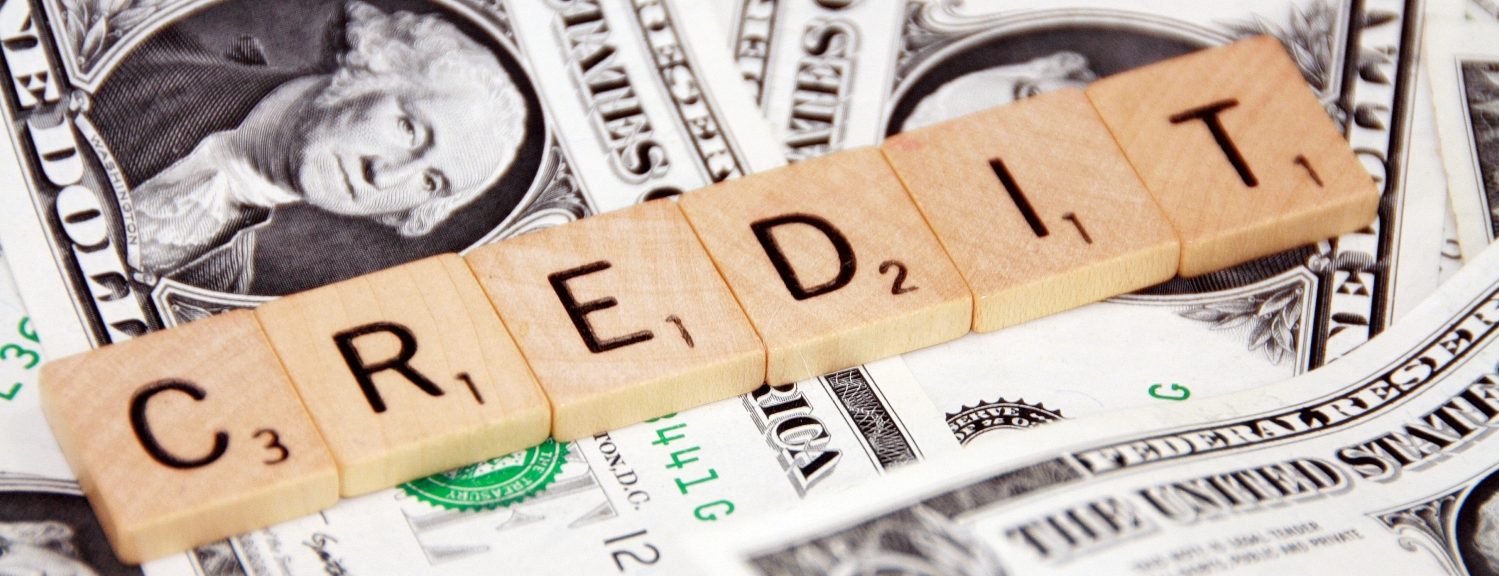The maximum price UK energy companies can charge consumers will fall from 1 April – but bills are still expected to rise on that date because the government is planning to reduce the financial support it has given to households over the winter.
As things stand, bills will jump from £2,100 a year for a typical household to about £3,000 from April.
Monday’s announcement from the industry regulator Ofgem on the energy price cap is being met with demands from campaigners such as Martin Lewis and several charities for the government to postpone its cut in support for households.
According to Lewis, “the damage to people’s pockets and mental health of another round of energy price rise letters is disproportionate”.
If the price cap is coming down, how come we’re going to be paying more?
There are a few things going on here. Ofgem operates an energy price cap, which sets an upper limit on bills. It is £4,279 a year for the period 1 January to 31 March. Ofgem said on Monday that the cap for the period 1 April to 30 June would fall to £3,280 a year – a reduction of almost £1,000 from the current level.
However, the cap is largely irrelevant for consumers right now because bill-payers are covered by the government’s energy price guarantee scheme, which limits average annual costs to £2,500. It has effectively replaced the Ofgem price cap as far as consumers are concerned, and means consumers will not pay the full level of today’s figure.
Bills are further reduced by the £400 energy bills support scheme (EBSS), which means a typical household currently pays the equivalent of £2,100 a year. But …
Yes, I sensed there was bad news
In a few weeks’ time, the guarantee scheme will become less generous. That’s because that £2,500 ceiling is being upped to £3,000 a year from 1 April. In other words, a 20% increase.
And this coincides with the end of the EBSS. This gives all households a discount of up to £67 a month off their energy bills between October 2022 and March 2023 inclusive, adding up to £400.
Critics have said the combination of these two changes will lead to some bills rising as much as 40%.
So your costs are expected to rise in the short-term. But, there is some good news hopefully coming down the track …
So what exactly is this good news?
Wholesale gas prices have fallen sharply in recent months, and as a result, analysts at Cornwall Insight have forecast that the Ofgem price cap will fall to just above £2,150 from 1 July until the end of the year. (Wholesale gas price falls typically take a few months to feed through into household bills as suppliers buy their energy in advance.)
Assuming that wholesale prices do not rise sharply again, the government’s guarantee scheme would effectively become irrelevant during that period, and consumers would go back to paying the lower Ofgem price cap.
Why is the chancellor being urged to take action?
MoneySavingExpert’s Martin Lewis has called on the chancellor, Jeremy Hunt, to postpone the planned lifting of the guarantee ceiling to £3,000 a year. In a letter this month, he said the decision to increase prices from April “was made at a time when wholesale rates were looking to be far higher than they are now”.
He added: “Without intervention, and soon, the charity National Energy Action predicts that the number of fuel-poor households will rise drastically from an already shocking 6.7m to 8.4m from April.”
He argues that there is no point allowing prices to rise for three months only for them to fall again in July, and that it is far better to extend the guarantee.
In a tweet on Friday, Lewis said: “It seems especially futile to subject people to the financial and mental health damage of a 20% rise for three months.”
So, right now, £2,100 is what I’ll pay?
Officials say that households in Great Britain will pay, on average, about £2,500 a year on their energy bill until 31 March. However, this is based on a household with “typical” consumption on a dual electricity and gas bill paying by direct debit. And, crucially, the EBSS bill discounts that are coming to an end have effectively taken the figure down to £2,100.
The actual amount someone pays will depend on things like how much energy they use, where they live, and how they pay for energy.
So people’s total bills will still rise or fall in line with their energy use.
Is the Ofgem price cap irrelevant, or is it still important?
It is important because it is used to calculate how much the government has to pay energy companies to keep bills down to the level of the guarantee. Those payments come out of our taxes.
And, as explained above, it looks like we will all be going back to paying the Ofgem cap figure from July.
The cap was introduced in 2019 and was designed to stop energy companies from making excessive profits. It sets the maximum amount energy suppliers can charge customers on so-called default tariffs – the most basic packages offered by energy companies.
Soaring wholesale energy prices mean the vast majority of the population are now sitting on default tariffs.
However, some experts believe that switching between energy suppliers is set to return later this year, and that we could start to see some relatively competitive fixed-price deals on offer within months.
What help has the government offered?
Aside from the £400 discount on energy bills that ends in March, the government has announced a £900 cash boost for more than 8 million eligible means-tested benefits claimants, including people on universal credit, pension credit and tax credits, paid into bank accounts in three instalments between this spring and spring 2024. There will also be a separate £150 for more than 6 million disabled people, due to be paid in the summer, and £300 for more than 8 million pensioners during winter 2023-24.



